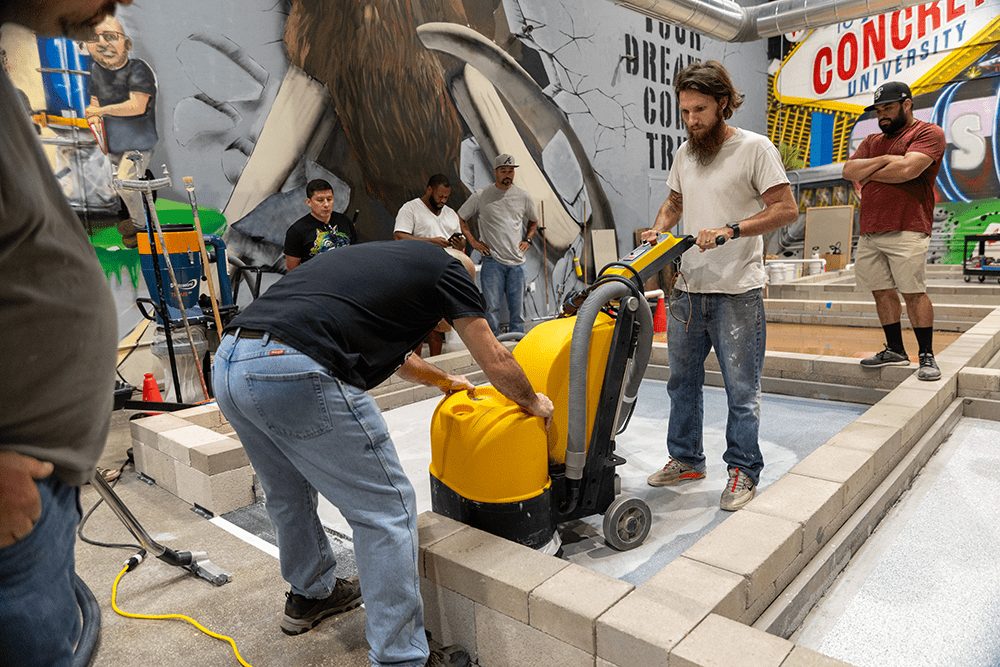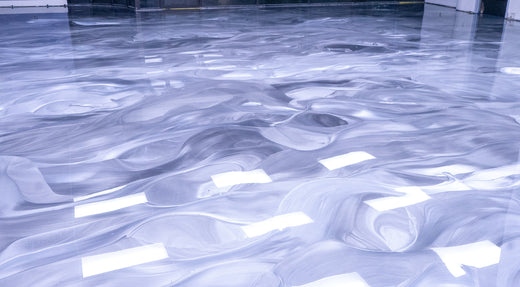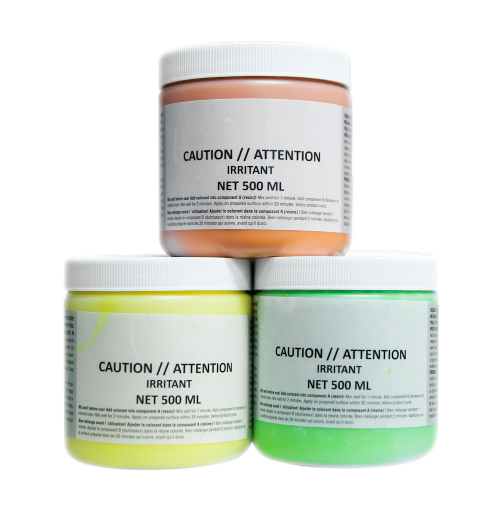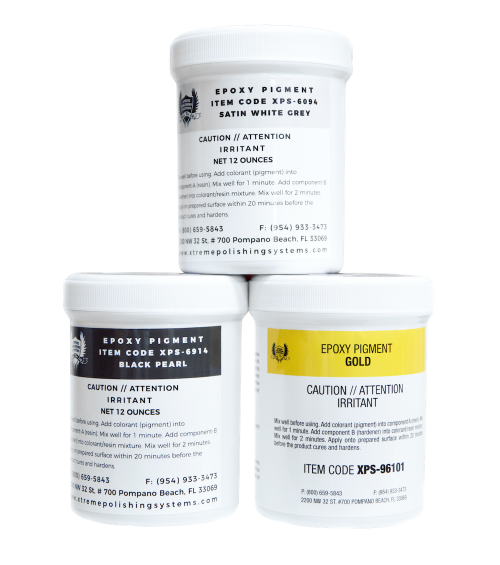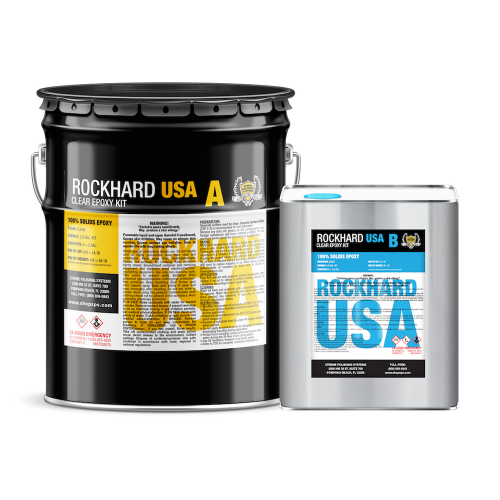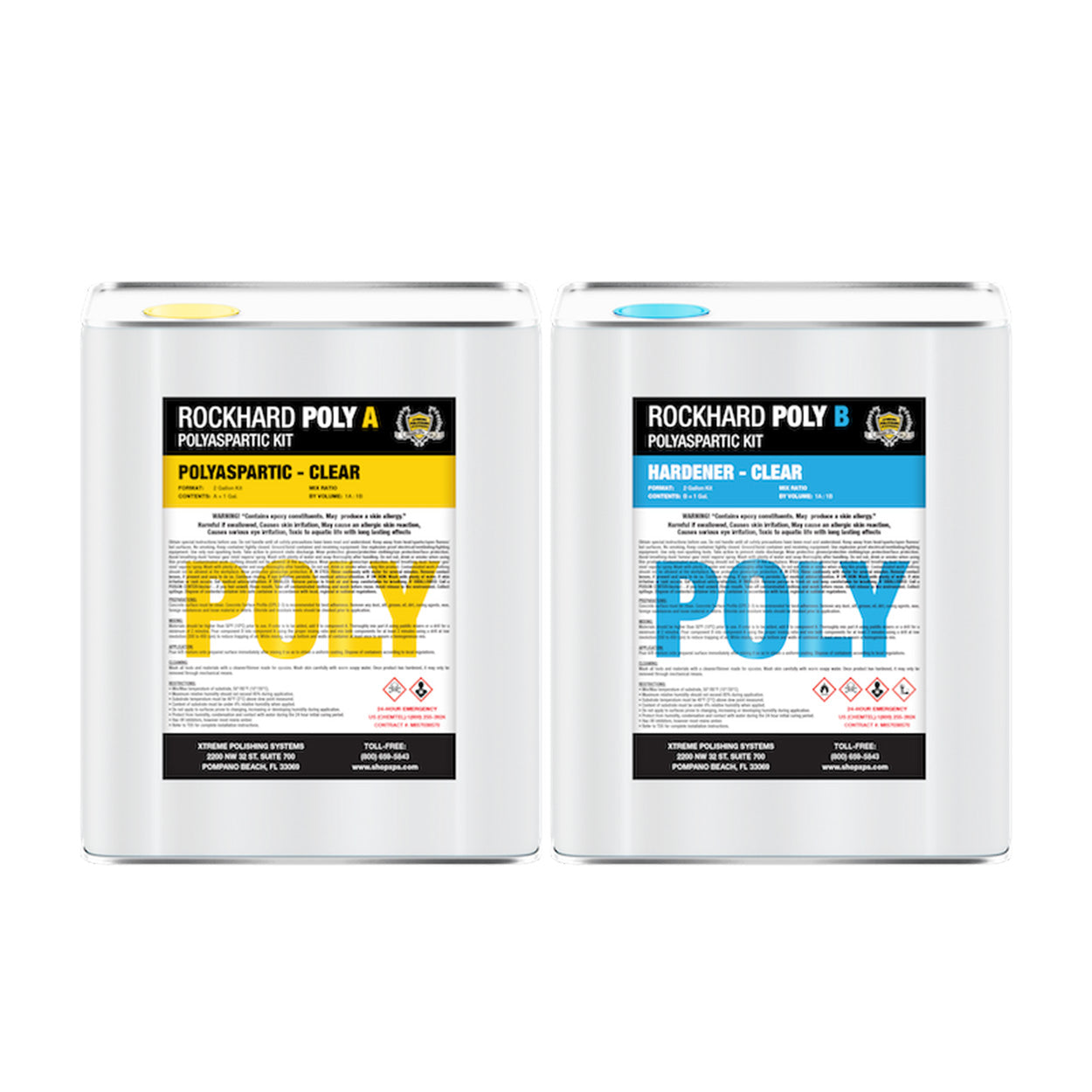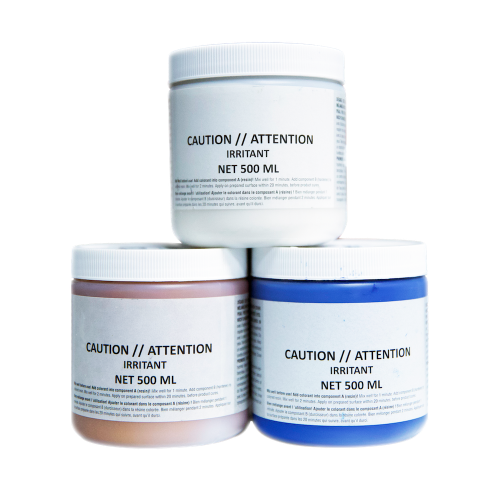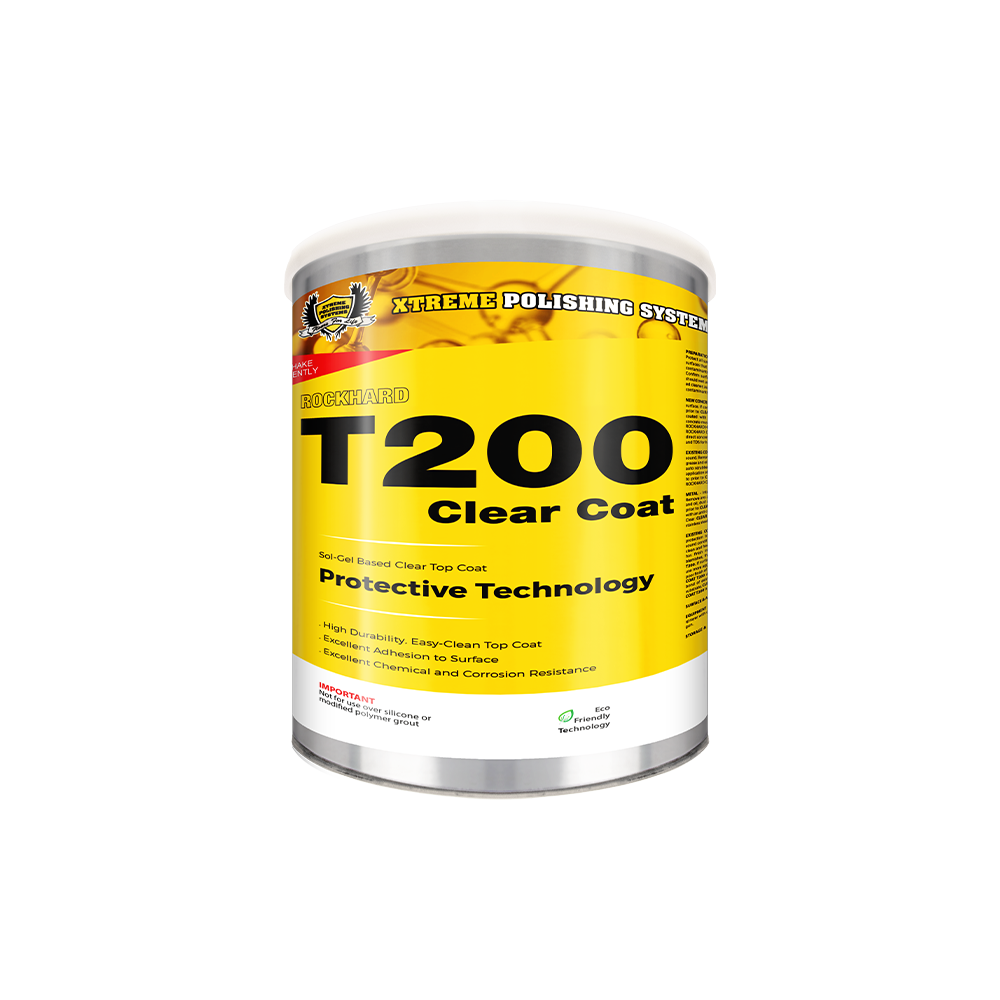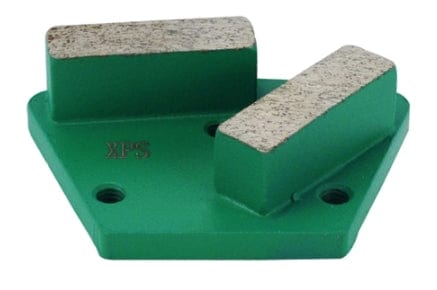Cleaning the surface ensures the epoxy coating bonds effectively, improving durability and overall performance. Additionally, it reveals any imperfections in the substrate that need to be addressed, helping to create a smoother and more uniform finish.
The importance of surface preparation
A successful epoxy coating application begins with proper concrete preparation. To choose the most effective cleaning or degreasing method, contractors should thoroughly evaluate the substrate's condition during surface preparation.
The goal of preparation is to restore concrete surfaces to their purest form, bringing the substrate as close to its original state as possible. That's why proper surface preparation is essential before installing epoxy floors.
Several factors need to be considered, such as the concrete’s age and exposure. If the surface has only been subjected to foot traffic, cleaning will be relatively easy. However, for areas with heavy traffic, a deeper cleaning may be required.
Addressing moisture issues is also essential before applying epoxy floor coatings. To prevent future moisture problems, consider using a moisture vapor barrier or vapor reduction membrane product. This step helps ensure the coating remains durable and effective over time.
Taking everything into account, proper surface preparation is essential for ensuring the successful adhesion of epoxy coatings. Before applying these coatings, the concrete surface must be thoroughly cleaned. Failing to do so can compromise the bond, leading to coating failure.
Cleaners to choose based on surface and grime
Surface cleaning is a critical step often overlooked, yet it plays a key role in ensuring proper bonding of epoxy resin over time. It's crucial to eliminate surface grime and dirt, ensuring a durable and secure bond.
Cleaners are chosen according to how and what you intend to remove from surfaces. Using the wrong cleaner can create new issues, leaving behind residues and contaminants like oil.
Most cleaners are not effective at fully removing oil, which can lead to adhesion problems when applying epoxy floor coatings. Even if the surface appears clean, hidden oil residues may still interfere with proper bonding. Grinding the concrete will help eliminate these types of issues.
Understanding your substrate is key to selecting the right cleaner for the type of grime you're tackling. Contaminants can be challenging to manage, and common household substances like vinegar are not effective for cleaning concrete, especially if the stain has been sitting for a while. Even with thorough cleaning, a faint shadow of the stain may remain.
Xtreme Polishing Systems offers a range of cleaner formulas specifically designed for different substrates, making our XPS product line a comprehensive solution for any concrete surface.
Cleaning Interior and Exterior Surfaces
Some contractors use an all-purpose cleaner with adjustable strength to handle various types of grime. While this approach may work well for indoor surfaces, outdoor substrates often require specialized cleaners. Exterior surface cleaners are designed to tackle dirt, grime, and stains on concrete, stonework, brick, and other hard surfaces, helping to restore them to their original appearance.
Applying the cleaner or degreaser
Having identified the substrate and grime, and chosen the right cleaner for the job, the next step is to apply it. The method of applying a cleaner depends on the specific chemical being used. Some cleaners are spray-on, others require scrubbing, and some need to be flooded and reapplied until the stain is fully removed. Certain cleaners must be diluted from a concentrate and applied with an automatic scrubber. Stains and contaminants vary depending on the situation, as concrete slabs differ in composition and condition.
Conclusion
Proper cleaning is the foundation of a successful epoxy floor installation. By thoroughly removing dirt, oil, grease, and other contaminants, you ensure a strong bond between the epoxy and the substrate, preventing common issues like peeling, bubbling, or premature failure. Additionally, proper cleaning reveals surface imperfections that can be addressed before application, leading to a smoother and more durable finish.
Taking the time to clean and prepare the surface not only extends the lifespan of the epoxy flooring but also enhances its performance, appearance, and resistance to wear. Investing in proper cleaning is essential for achieving a flawless and long-lasting epoxy floor.


